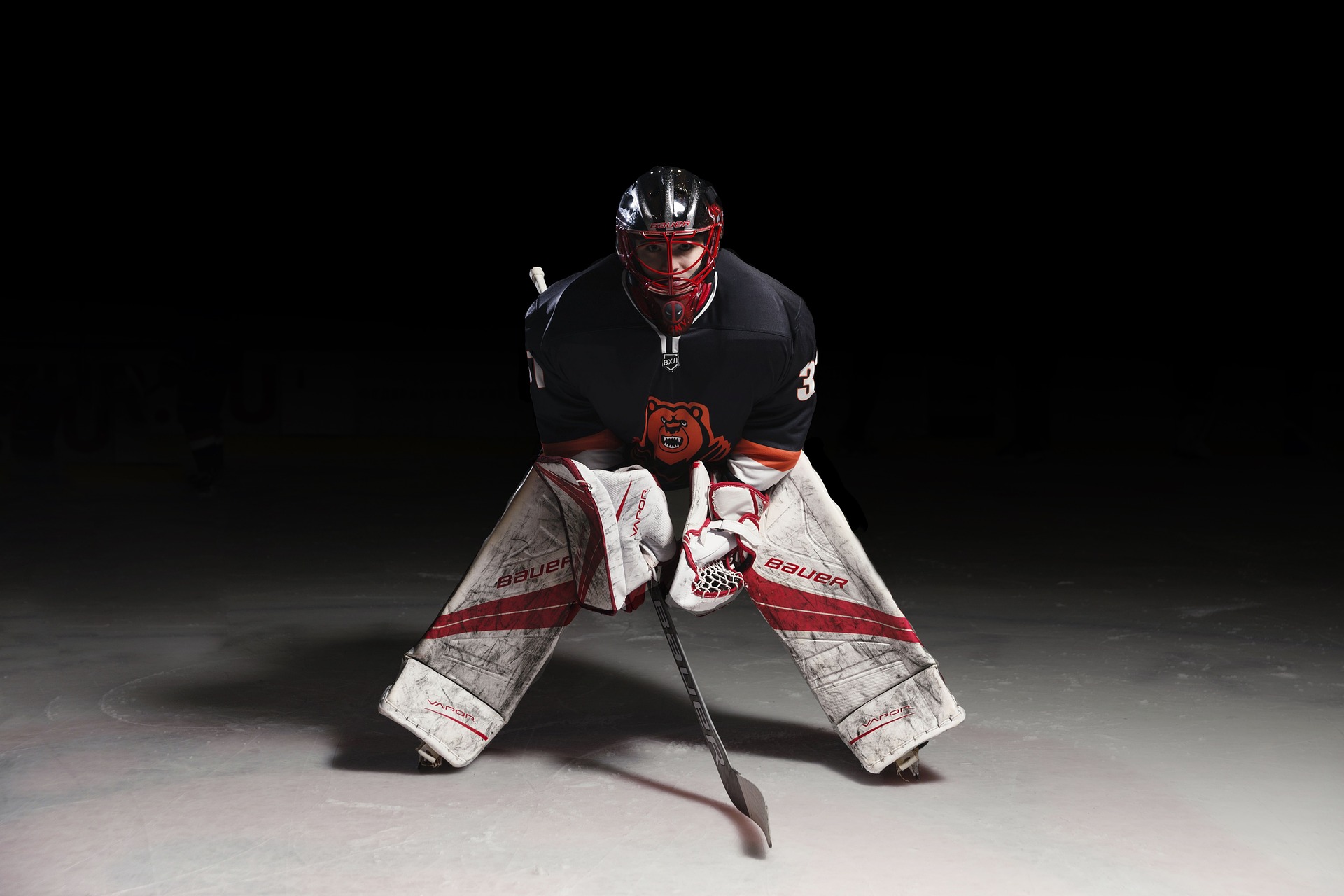"Unveiling the Intricate Ballet of Ice Hockey"
Ice hockey, a quick-paced and physically demanding sport, offers more than meets the eye. As players glide, pivot, and accelerate across the ice, they engage in a complex ballet that combines strength, agility, and strategic thinking. This article delves into the multifaceted world of ice hockey, exploring its historical evolution, current trends, and the intricate balance between physical prowess and cognitive skill that defines the game.

A Chill in the Air: Ice Hockey’s Historical Evolution
Born from the frosty winters of Canada in the 19th century, ice hockey has experienced a fascinating journey to become a global sport. The game initially evolved from outdoor stick-and-ball games, like field hockey and lacrosse, played by indigenous communities. In 1875, the first indoor game occurred in Montreal, marking a significant milestone. Over the years, the sport’s popularity snowballed, fueled by the establishment of governing bodies like the National Hockey League (NHL) in 1917 and international competitions such as the Winter Olympics. Today, ice hockey is an emblem of winter sports, captivating audiences worldwide with its blend of speed, skill, and strategy.
Slapshots and Strides: Current Trends in Ice Hockey
From the advent of sophisticated training regimes to a shift towards analytics, ice hockey is continuously evolving. Modern players are expected to be multi-dimensional, combining physical strength with advanced technical skills. Training now incorporates off-ice conditioning, including strength training, agility drills, and cardiovascular exercises. Moreover, data analytics is playing an increasingly prominent role in team strategies, with sophisticated software tracking player performance to optimize line-ups and tactics.
Rink Ruminations: Ice Hockey’s Mental Game
Ice hockey is not solely about physical strength and speed; cognitive skills play a crucial role. Successful players must possess high levels of strategic intelligence, decision-making abilities, and concentration. These mental aspects are often cultivated through experience, but teams are increasingly incorporating cognitive training exercises into their regimes to give their players a competitive edge.
Striking the Balance: The Intersection of Physical and Cognitive Skills
The true magic of ice hockey lies in the harmonious blend of physical and cognitive skills. On the ice, players must make split-second decisions while maintaining high-speed movement and coordination. The ability to read the game, anticipate opponent moves, and react effectively under pressure represents the cognitive side of the sport. Balancing these aspects is the key to mastering the intricate ballet of ice hockey.
Ice Hockey’s allure lies in its complexity, a captivating fusion of physical power and mental agility. Its evolution showcases the adaptability of sport, reflecting societal changes and advancements in training methodologies. As we look towards the future, one thing remains certain: the ballet of ice hockey will continue to fascinate and inspire, drawing us into its icy dance.




